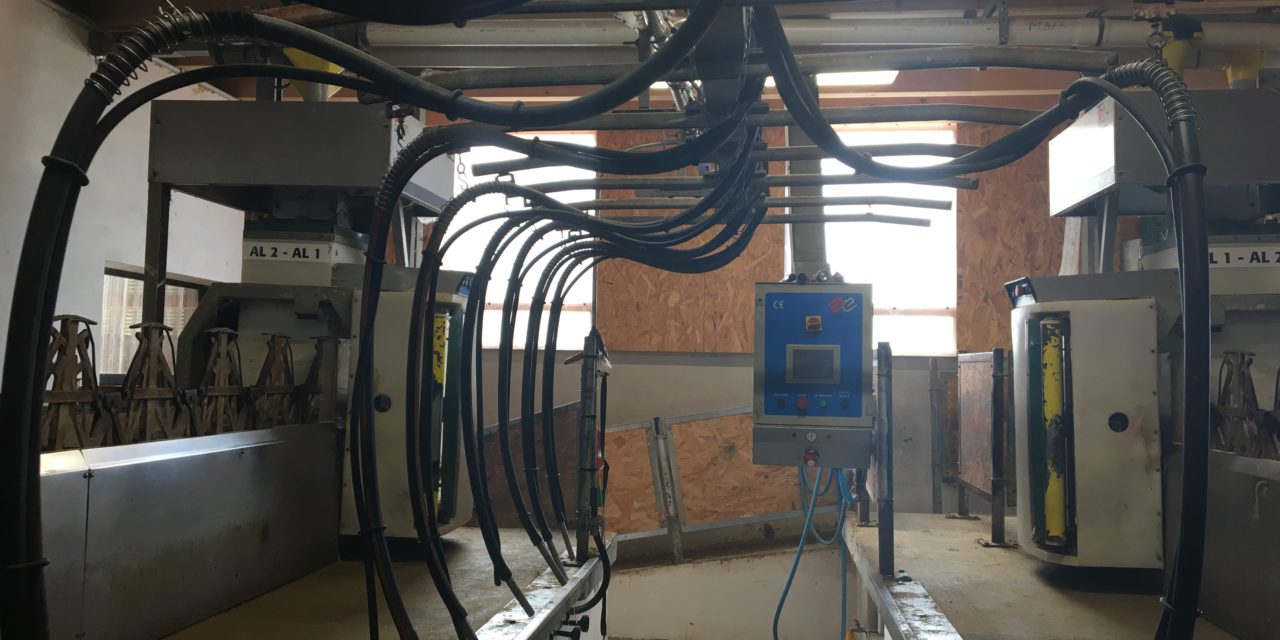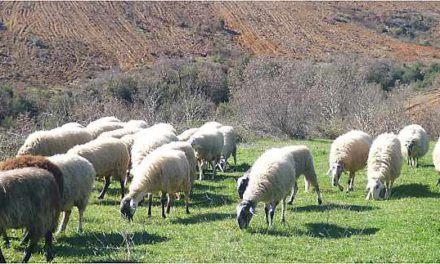This post is also available in:
![]()
![]()
![]()
![]()
![]()
![]()
Maintenance of the milking machine
Demonstration videoSolution name: Maintenance of the milking machine
Aim: to improve the understanding of the different steps to follow to properly maintain a milking machine
Description:
This video offers a step-by-step guide on how to service a milking machine, as they often suffer from substantial dust deposits. First tip: make sure you know how to reassemble parts after disassembling. One solution is to take photos at each stage of the process.
The video details tips related to the vacuum pump. The tank must always contain some oil and be refuelled if necessary. This should be performed every week. If the vacuum pump is belt-driven, it is essential to inspect them for damages once a month. To do so, the machine must be shut down and the protective cover removed. Make sure that the belts show no cracks and that they are perfectly tensioned.
Once a month, make sure that the vacuum regulator’s filters and air inlets are clean. Before cleaning them, remove the regulator from the vacuum system. At first, you should remove the dust from the filter using a brush or a compressor. Check all vents for clogging.
The video also mentions pulsators. In case air inlets are directly linked to the outside air, you should clean the grids or use foam materials to protect the pulsators from dust. The air pipeline’s filters should also be dust free. Both operations must be carried out once a month.
Clusters are some of the milking machine’s most important parts and must be inspected every day. Calibrated orifices must be unblocked and potential torsions of the liners in the shells corrected.
In summary:
Generally: Take photos when disassembling something to know how the elements fit together and how to properly reassemble them,
Every day: before milking, make sure that all calibrated orifices are unblocked and, if necessary, correct potential torsions of the liner in the shells,
Once a week: check vacuum pump oil level,
Once a month: machine shutdown, inspection of the vacuum pump’s belts for anomalies in the tension and presence of cracks, removal of the dust in the vacuum regulator’s filter, removal of the dust in the pulsators’ filters and orifices.
How to implement it: it can be useful to prepare a calendar and/or to set up alarms to remind you when to check on the equipment, especially for monthly checks
Topic: Health / management
Production: Dairy
Animal Category: Adult
Issue: Milking management (milking management, handling and available information); Mastitis (clinical and subclinical, high somatic cell count)
Level of Solution: Practical
Country: France
Expected benefits
Expected benefits: prevents cell contamination and ensures a fully functioning milking machine
Cost Benefit analysis
A preventive maintenance of milking machine has many benefits. As any electronical and mechanical machine, it allows a longer service life. Also, replacing clusters is long but well compensated on less sanitary problems. In a medium term, it means a shorter milking time, less electricity a better health of the flock. It is recommended to be accompanied during the first complete maintenance of the machine but after that it is possible to be autonomous.
Sustainability analysis
A better maintenance of the milking machine means a shorter milking time and a better efficiency of the machine that both lead to less electricity used. The efficiency of cleaning is also improved and is leading to less water used and less effluents in the meantime. A shorter milking time has an impact on workload, at early hours of the day which can be significant. Some health problems can be avoided by a better efficiency of the machine which means a better animal welfare, in a virtuous context of One Welfare.
Prerequisites and/or limits: requires knowing where the different parts are located on the machine. You may need to seek assistance from manufacturer or your “milking” advisor during the first maintenance operations.







